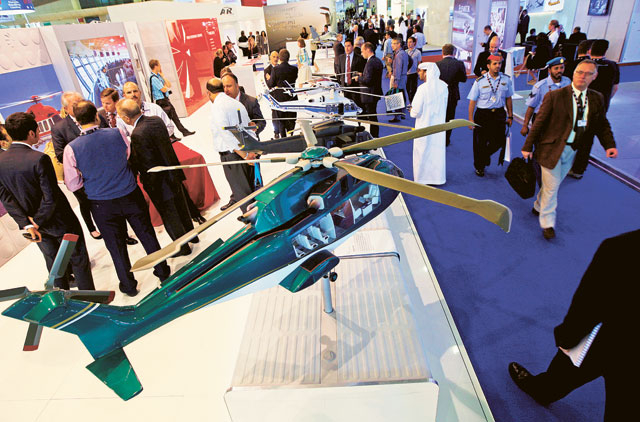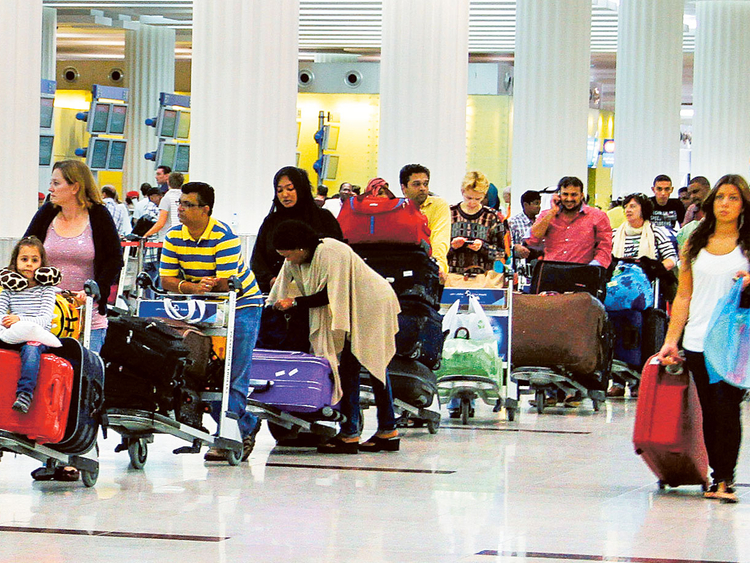Dubai: Dubai’s two airports are likely to welcome a combined total of 90 million passengers by the end of 2017, according to Paul Griffiths, chief executive officer of Dubai Airports.
In a speech in Dubai on Tuesday, Griffiths said, however, that the aviation industry is expected to face challenges this year including oil prices, slower global economic growth, and political unrest.
“If we look forward, the projection for passenger growth in Dubai remains very, very strong…As we edge up towards 2025, we believe that, globally, demand for air travel through Dubai will hit about 142.8 million — 118 million of that we’ve got to accommodate in our existing airport, Dubai International by 2023,” he said.
In 2016, Dubai International welcomed 83.6 million passengers, marking a 7.2 per cent increase year-on-year. The airport is one of the world’s busiest, following airports in Atlanta in the US and Beijing.
“We are on the cusp of opening and finalising expansion of the airport terminal at Dubai World Central Al Maktoum International, which would give us capacity to 26 million by 2018, and of course, Dubai World Central phase 2 is scheduled to open by 2025 with an initial capacity of something like 120 million, with the space to grow significantly beyond that to double the capacity,” Griffiths said.
Earlier this week, the Dubai government announced it had secured $3 billion in credit facilities to expand both the emirate’s airports to enable them to handle increased capacity.
Speaking at the Airport Show, which kicked off on Monday, the CEO cited “destabilising” factors impacting the aviation industry on the short term such as oil prices. He said that lower oil prices gave airlines an opportunity to restructure their business, and an oil price correction might halt that restructuring.
“Of course, the global economy is rather soft at the moment. There’s a huge amount of political unrest. I hope that we never have to live through another year like last year. Of all the things that have happened, thank goodness in France there seems to be a bit more stability and forward-thought being brought back in,” Griffiths said, referring to the election of centrist Emmanuel Macron as France’s president.
On the long term, challenges facing the industry include resource scarcity, urbanization, economic balance of power, and changes in technology.
He said it was absolutely clear, however, that air travel remains an aspirational commodity, with emerging markets being key growth regions. By 2030, the number of number of passenger journeys that will start or terminate in the Asia Pacific region will increase by 1.79 billion (a 4.9 per cent rise).
In Dubai alone, Griffiths said that the aviation industry is expected to contribute $88.1 billion to the economy by 2030, and account for 45 per cent of the emirate’s gross domestic product. The figure is an increase from the $26.7 billion in GDP contribution in 2013.
“We’re incredibly well-positioned in the world because two-thirds of the world’s population lives within an eight-hour flying time from Dubai, and one third lives within four hours, so we are massively globally-centric in terms of the ability to leverage traffic,” he said.
*This article was updated to reflect a correction on the passenger figures expected for 2017.













